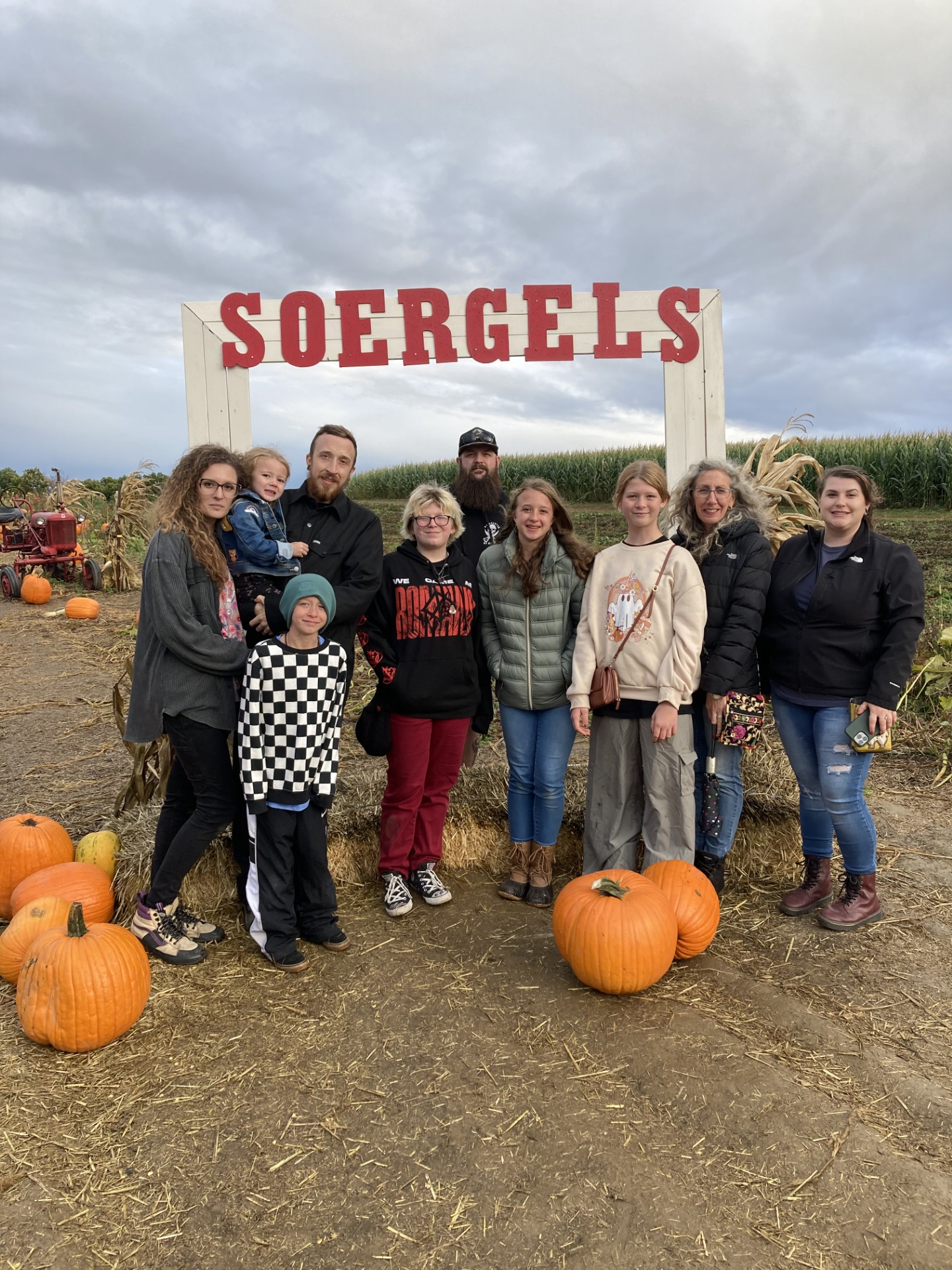The Carnegie name is synonymous with the pinnacle of cultural influence. During the last couple of decades of his life, ultra-wealthy industrialist Andrew Carnegie gave away 90% of his fortune in an effort to use his massive wealth as a tool for improving society. Today, that legacy lives on in Pittsburgh at the city’s four world-renowned Carnegie museums.
Built in 1896, the Carnegie Museum of Natural History is ranked as one of the top five natural history museums in the United States. If you live in the Pittsburgh area or you’re visiting as a tourist, this museum is a must-see. It’s a great place to bring your kids for an enriching and educational experience that the whole family will enjoy. Our Pittsburgh adoption agents love the following exhibits and features that can be found in this world-class museum:
Dinosaurs in Their Time
The Dinosaurs in their Time exhibition is one of our absolute favorites in the Carnegie Museum of Natural History. Dozens of original Mesozoic Era fossils are on display here in representations of the ancient habitats these reptiles actually lived in. Over 230 objects are displayed in this exhibit, and about 75% of those objects are original fossils. Some of the skeletons on display here include original specimens like:
- Apatosaurus lousaie
- Diplodocus carnegii
- Tyrannosaurus rex
- Triceratops
- Apatosaurus
- Didelphon, a cat-sized mammal from the Cretaceous period
In 1903, Andrew Carnegie acquired a collection of over 130,000 dinosaur fossils. Today, this museum includes the largest collection of Jurassic dinosaurs and the third-largest collection of mounted and displayed dinosaurs in the United States.
Hillman Hall of Minerals and Gems
Hillman Hall’s collection of minerals and gems features displays of over 1,300 specimens from across the globe, with a wide range of striking colors, forms, and shapes. This collection is widely considered as one of the most impressive mineral exhibitions in the United States. Some of the most beautiful gems and minerals and interesting displays we saw during our recent visit here included:
- Bright green and mossy-textured pyromorphite specimen
- Large pieces of quartz, including information on what causes their bright hues
- Lessons on the minerals that make up common materials like salt and diamonds
- Tools used by mineralogists, such as microscopes and Geiger counters
- An exhibit showing how minerals are transformed in ultraviolet light
Alcoa Foundation Hall of American Indians
In the Alcoa Foundation Hall of American Indians, you and your family can learn all about four unique American Indian tribes from different parts of the country, including:
- Tlingit in the Northwest Coast
- Hopi in the Southwest
- Lakota in the Great Plains
- Iroquois in the Northeast
This exhibit features over 1,000 artifacts and several hands-on experiences, such as the opportunity to touch a real buffalo and grind corn. Some of our favorite artifacts and displays included:
- Lakota moccasins
- Tinglit bottle from the early 1900s
- Hopi figures of spirits called Katsinas
- Miniature reproduction of Iroquois-owned land called Cornplanter’s Grant
Walton Hall of Ancient Egypt
The Walton Hall of Ancient Egypt is a true treat for archaeology lovers and features over 600 artifacts which help paint a portrait of the mysteries of Ancient Egypt, along with the everyday life of the people who lived there. The hall is split into six sections, each with a different theme:
- World View
- Cultural Evolution and History
- Nautical Tradition
- Social Organization
- Daily Life
- Funerary Religion
These displays each feature a variety of artifacts, including ceramic and stone vessels, jewelry, tools, stelae and relief fragments, and much more. In total, the museum houses over 2,500 ancient Egyptian artifacts, with a timeline stretching all the way back to 3100 BC.
Discovery Basecamp
Discovery Basecamp is a new and permanent hands-on exhibit in the museum, which is great for kids. Your family can feel the mane of an African lion, get a detailed view of a fly’s wing from under a microscope, and get a close look at a screech owl specimen. There’s also a play area for kids.



